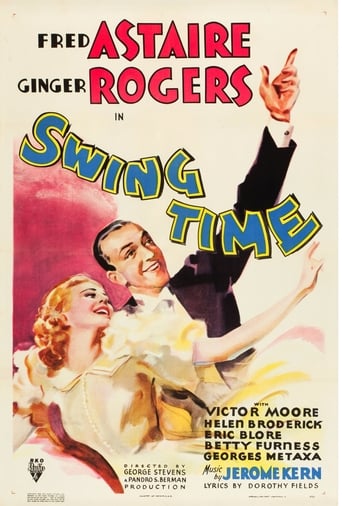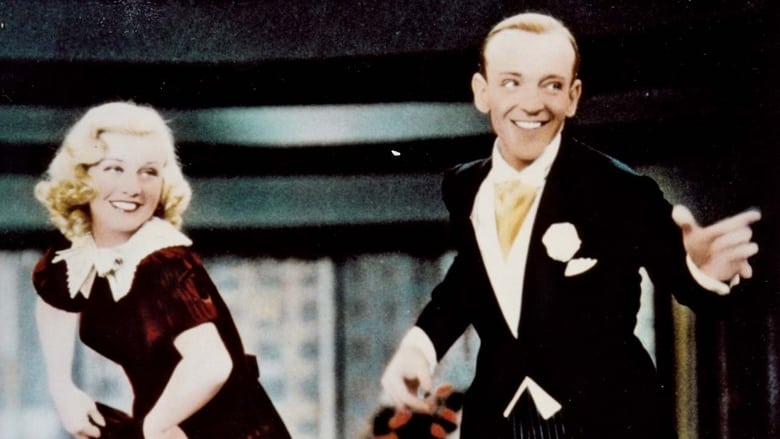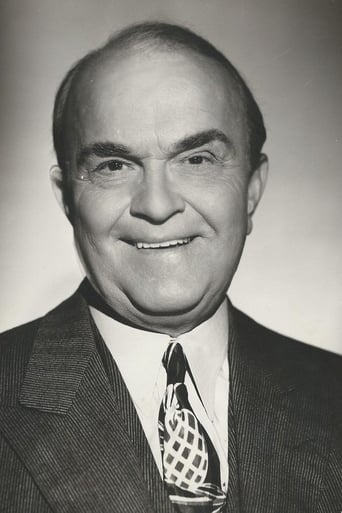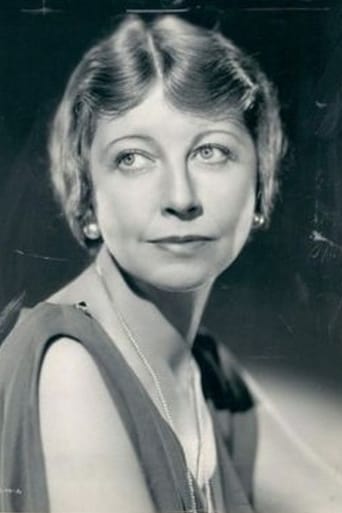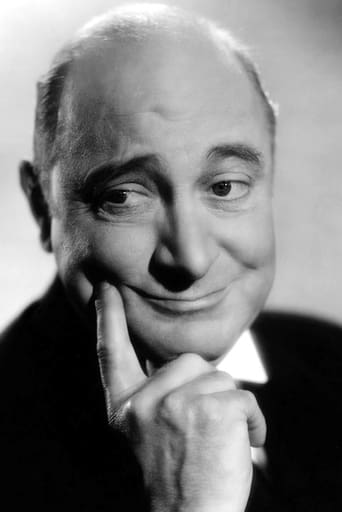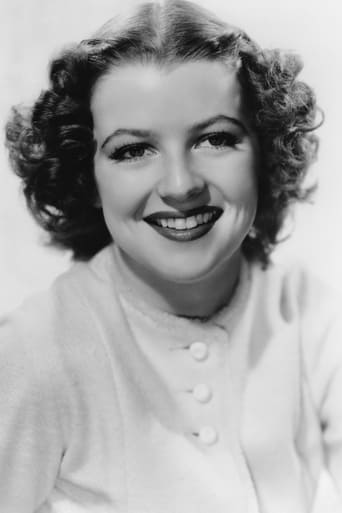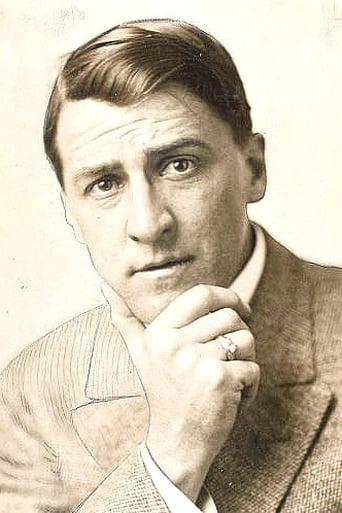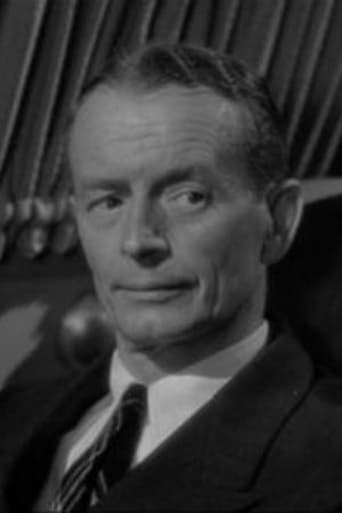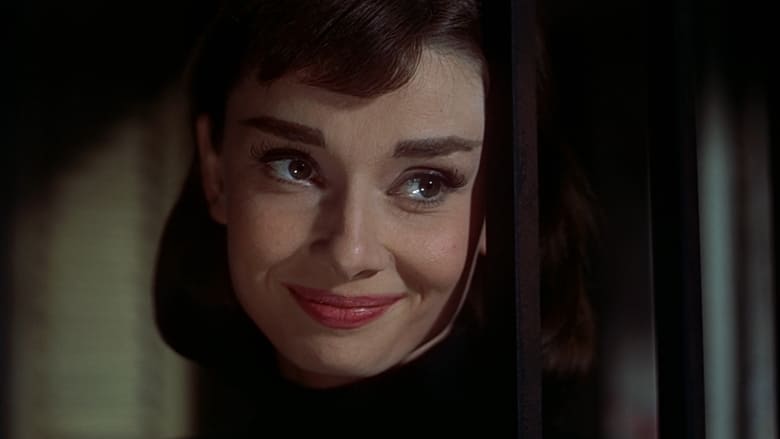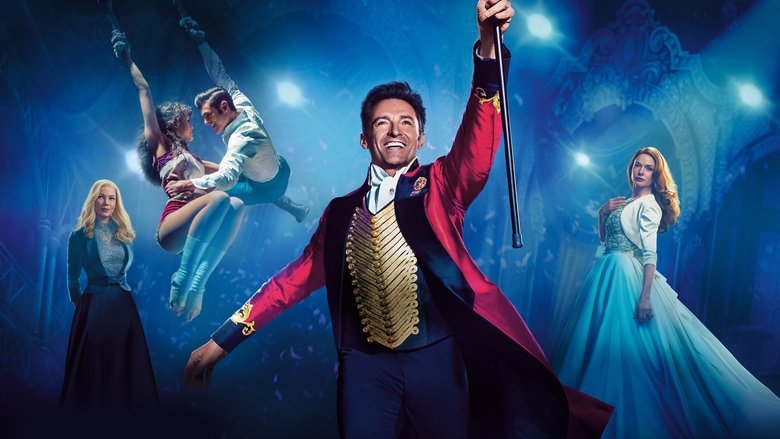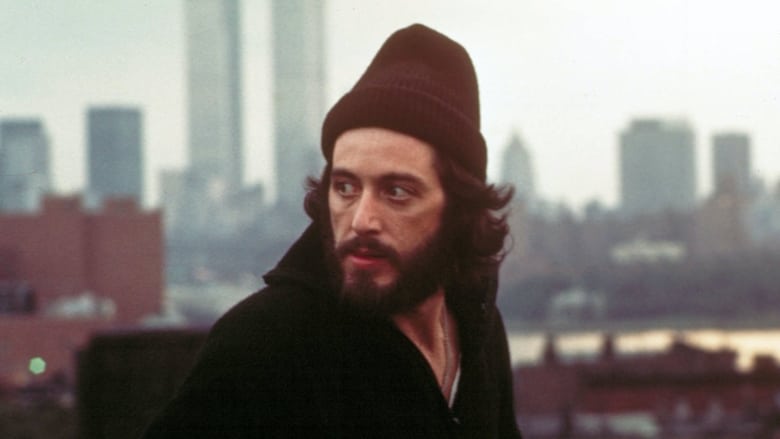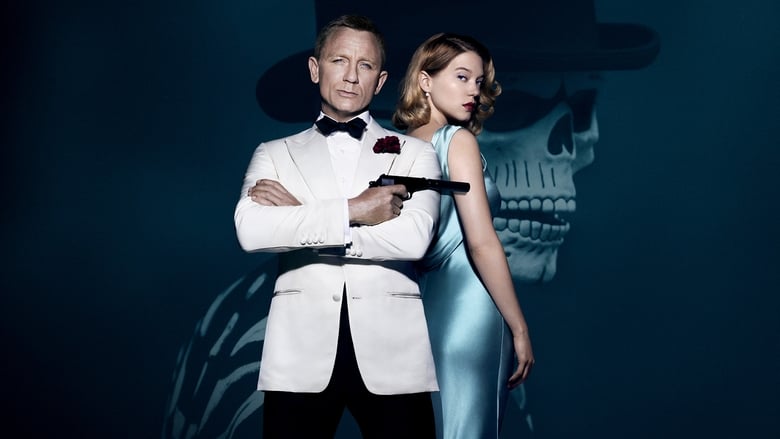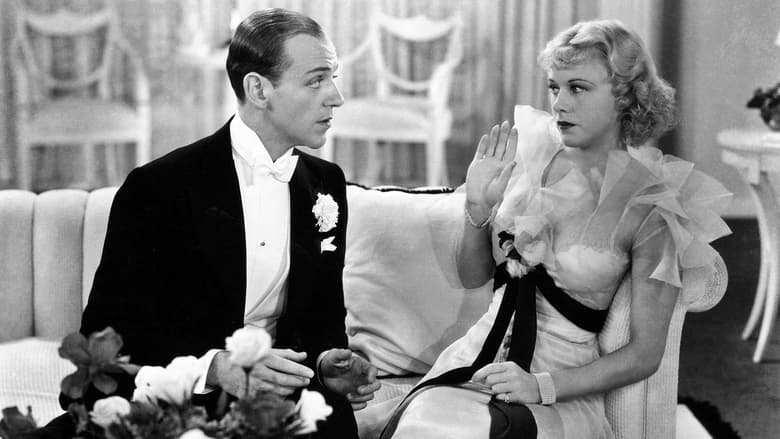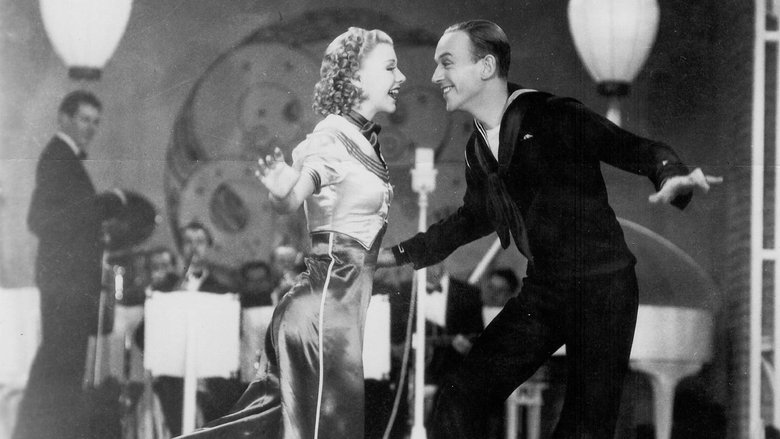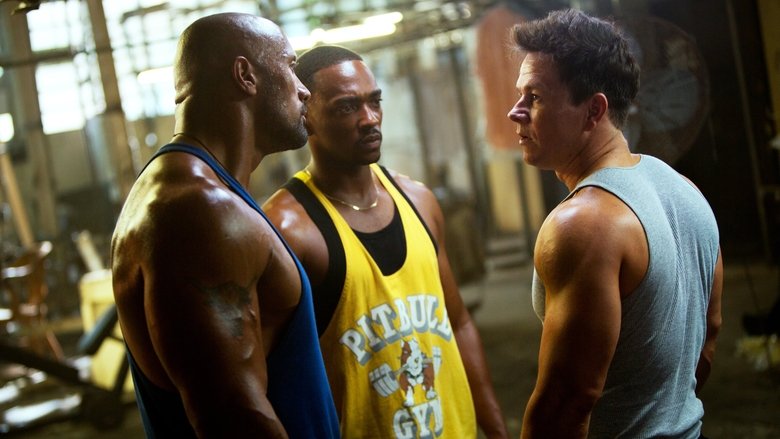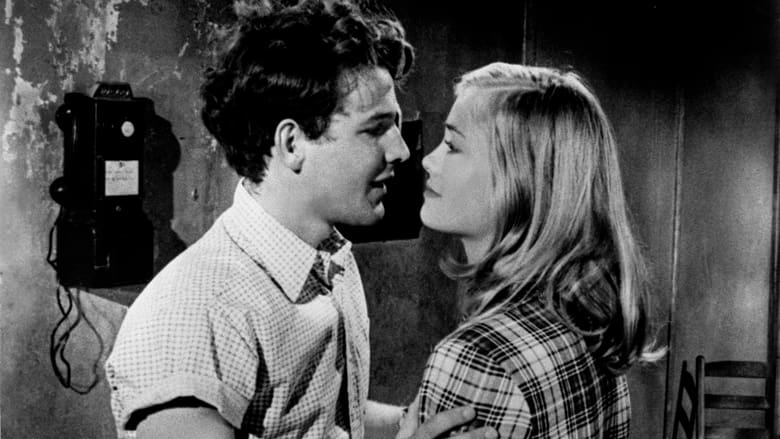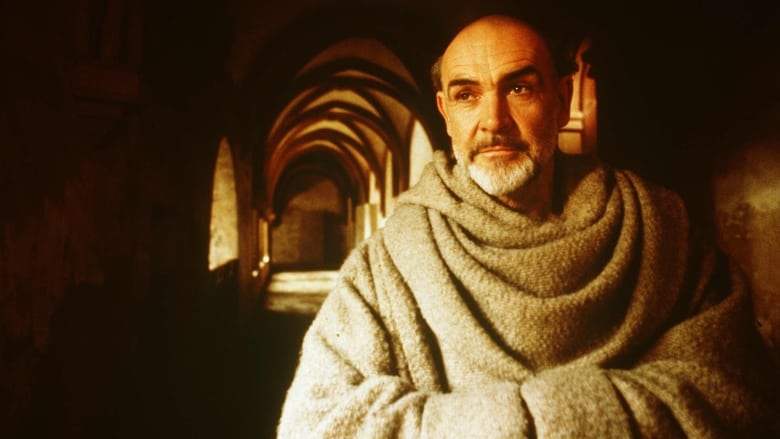Lucky is tricked into missing his own wedding again and has to make $25,000 so her father allows him to marry Margaret. He and business partner Pop go to New York where they run into dancing instructor Penny. She and Lucky form a successful dance partnership, but romance is blighted by his old attachment to Margaret and hers for Ricky Romero.


Similar titles
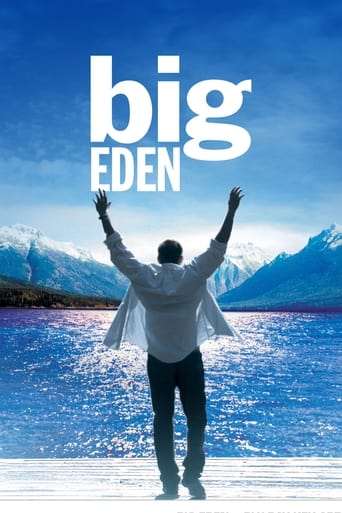
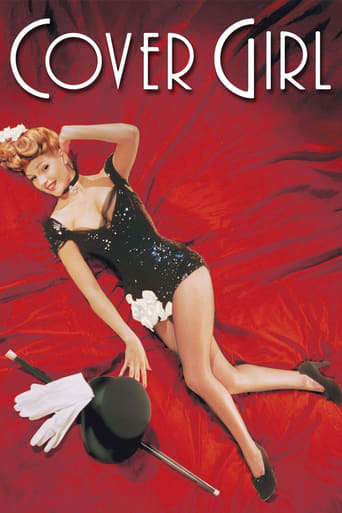
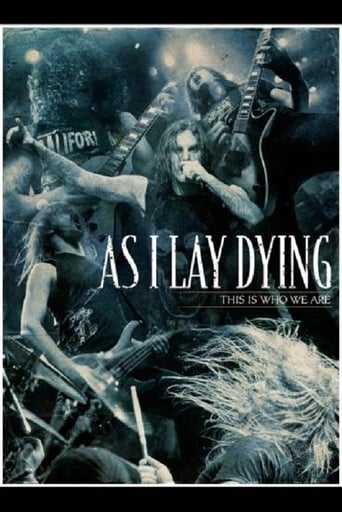
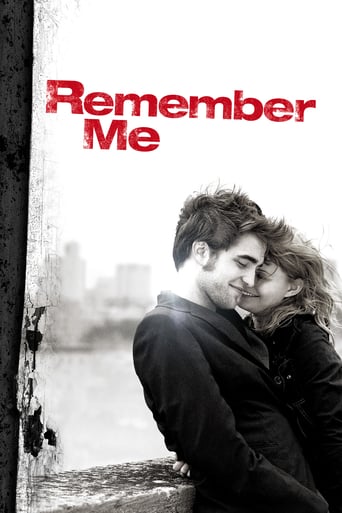


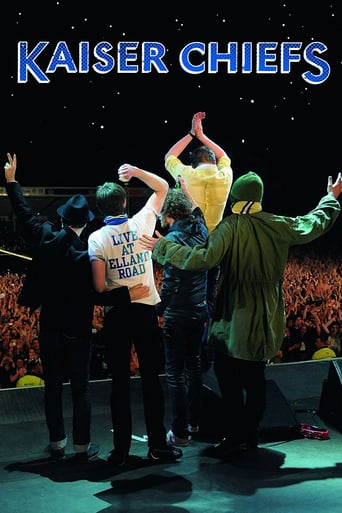
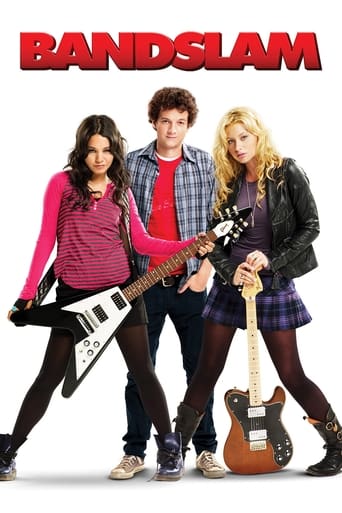
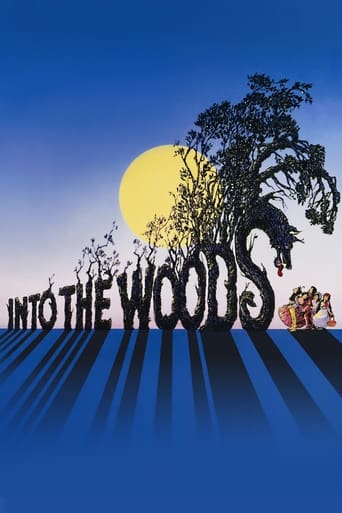
Reviews
Even by the standards of Astaire musicals, this story is pretty dumb, with Astaire an engaged gambler who meets and falls for dance teacher Rogers.As usual, there are amusing bit players, most notably Eric Blore, and some good songs, including A Fine Romance and Pick Yourself Up.I always feel I should enjoy Astaire more than I actually do - his tap dance/ballroom style never excited my as much as Gene Kelly's more balletic approach. The best number is the Bojangles one, which is beautifully done but unfortunately, the blackface forces one to ponder the peculiarities of white entertainers pretending to be happy-go- lucky black ones.The movie is likable but gets increasingly nonsensical, moving from satisfyingly silly to annoyingly silly. I don't really think any of it made much sense.Still, if you're an Astaire/Rogers fan, or just a fan of dopey but well done musicals, you should probably check this one out.
This is the first Astaire/Rogers film I've seen and I'm not quite sure how I feel about it. The dancing is great, of course. They seem to float or glide above the floor. I was impressed by both of them, the way they make it look so effortless. It's exciting and makes you want to get up and somehow be a part of it. They spin so quickly but their heads remain steady and controlled. Rogers never seems to hold onto Astaire but is always in the right place. She contacts him via her waist and with that connection they seem to get all the leverage they need.I enjoyed the Jerome Kern songs. They're catchy and memorable in a nice way. I liked some of the locations, outside in the snow, the dance studio and the stages. It was cool seeing the three shadows dancing above Astaire. They eventually diverge from his actions and then you realise he's been dancing in sync with a pre-recorded silhouette the whole time. Some of the comedy moments were quite good, especially with the supporting cast. I loved the dance lessons manager and the dirty looks he gave to his employees as they kept being negative towards customers.But other aspects didn't impress me as much. The love story is very thin and artificial. It feels completely arbitrary. It's given no meaning or significance. Both lovers end up easily getting engaged to people they apparently don't love. Their friends have no problem sabotaging their weddings for personal benefit. It didn't strike me as funny so much as flippant. Astaire makes me smile or laugh occasionally but not enough. I also didn't like the gambling. It's highly unrealistic and promotes a dangerous habit. Bond movies are different somehow, they're more psychological and sexy. This movie feels too random and I found I didn't like all of the humour and had to keep waiting for the brilliant dance sequences.I didn't even notice it but the dances are generally filmed in continuous takes and capture the full bodies of the performers. One scene uses a crane to go from a lower stage to a higher one. No cutting away to an audience or close-ups of faces or legs. It goes to show that good film-making is seamless and makes you forget you're watching a movie. All I remember about the dances is how fun and incredible they were. If they were badly filmed, I would have been distracted and picked up on many little details.I'm looking forward to seeing more Astaire/Rogers movies. I did enjoy Swing Time but it seems flawed to me. I don't think the duo is great at comedy. It's too obvious or predictable. Astaire keeps pulling funny faces and only some of them surprise me or feel like genuine character moments. With Keaton and Chaplin, you always sensed the love in their films was sincere. Their characters were truly affected by things. They never simply played to the audience.But Astaire and Rogers seem more like cartoon characters. Frivolous and back to square one after each scene. Maybe they're together, maybe they're apart. I guess I'll just try to enjoy the jokes and singing and dancing along the way.
The music in "Swing Time" is excellent: A collection of really beautiful songs. Add to that some of the best partner dancing (and choreography) of all time and the result is a an excellent film where the dance numbers actually drive the film.When you watch "Swing Time", you realize that the storyline is entertaining, but rather simple. But the dance numbers are dramatic, emotional, uplifting, and inspired. In fact, they communicate the story and the emotions of the two primary characters more than their words.The climactic dance number ("Never Gonna Dance") says it all. The choreography conveys the love, the heartbreak, and the disappointment of Lucky (Fred Astaire) and Penny (Ginger Rogers) despite the fact that they cannot voice their feelings. This is a remarkable accomplishment. No wonder so many consider this to be the best film pairing of this amazing dance team.Ginger herself named "Swing TIme" as her favorite of all her films. This was due to a number of factors. Firstly, she felt that director George Stevens "had an incredible sensitivity to an actress playing a scene." Secondly, she thought the score by Jerome Kern and Dorothy Fields was "scrumptious". Thirdly, through her costumer, Bernard Newman, she was able to realize her "dream" dress for the "Waltz in Swing Time" number, and said "I can never emphasize enough how important clothing was to me." "Never Gonna Dance" was the last dance number in the film. Ginger reports that it took 48 takes and they finished at 4:00 A.M. Complications--besides the demanding choreography--included an arc light going out, a noise in the camera, and Fred's toupe falling off. During one break, Ginger took her shoes off and found that her shoes "were filled with blood".
Tap dancing was hugely popular in musical films of the twenties and thirties. There's something rather captivating about a good tap dance routine, not only the rhythm but also the way the dancer stomps on the floor, as a musical expression of assertiveness. Though out of style nowadays, such dancing can be found in many old films like "Swing Time", wherein Fred Astaire and Ginger Rogers dazzle us with their tap dancing skills and style. And that is by far the best element of this film.Several times Astaire and Rogers dance together. Their dancing is enhanced visually in those numbers that take place in an ornate art-deco nightclub with a large dance floor and enormously high ceilings. But my favorite specific number is the "Bojangles of Harlem" number wherein Astaire dances with a chorus of girls at times, and at other times dances alone in black-face. The music is jazzy and the dubbed-in sound is quite good.The big downfall of this film is its contrived, boring story, which seems tacked on as a continuity device to justify the dance numbers as cinema. The plot is inconsistent, implausible, and irrational, which would be okay given that the film is a musical. But there are long periods of plot between the musical numbers, and the film's overall runtime is thus too long. Script dialogue is old-fashioned by today's standards. Characters are shallow; jokes are flat and the comedy in general is rather lowbrow. The silly ending is preposterous and annoying.With all of its glitter, "Swing Time" must surely have been a welcome escape from the hardships of the Great Depression. For today's viewers, the film functions mostly as nostalgia of the rather unique Astaire/Rogers partnership, and as a rendering of the bygone art of tap dancing.
